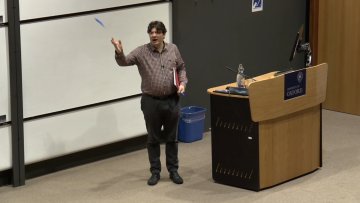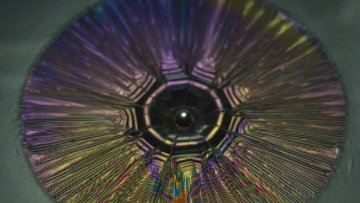Oxford Mathematics London Public Lecture: Timothy Gowers - Productive generalization: one reason we will never run out of interesting mathematical questions
In our Oxford Mathematics London Public Lecture held at the Science Museum, Fields Medallist Tim Gowers uses the principle of generalization to show how mathematics progresses in its relentless pursuit of problems.
After the lecture in a fascinating Q&A with Hannah Fry, Tim discusses how he approaches problems, both mathematical and personal.




